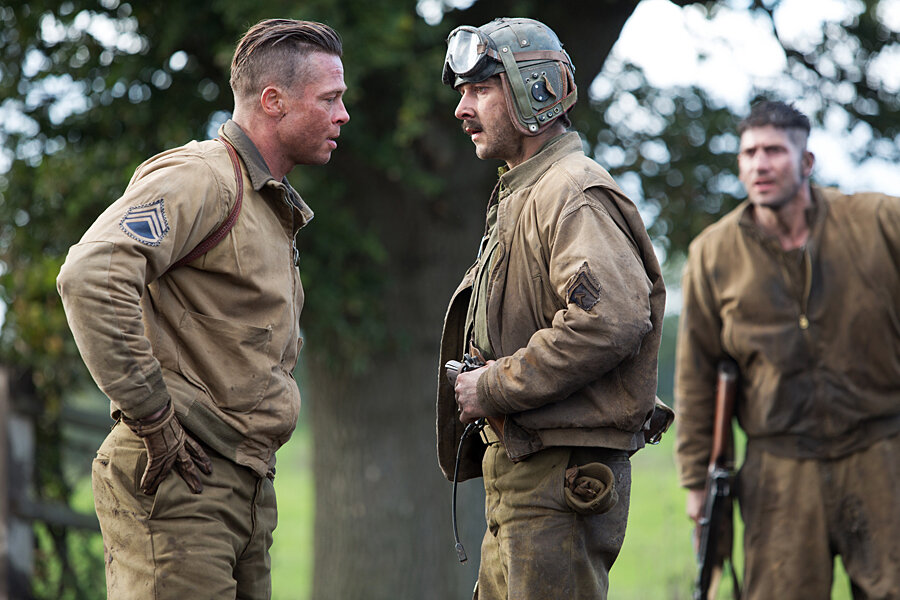'Fury' is a solid World War II movie throwback
Loading...
“Fury,” written and directed by David Ayer, is an impressively solid World War II movie of the kind they don’t make anymore. Stylistically and dramatically, it’s a throwback to the war movies of the 1940s and '50s – it’s even shot on film, a rarity these days.
Brad Pitt gives one of his best performances as Sgt. Don “Wardaddy” Collier, a tank commander with a passion for killing Nazis. His men aboard the “Fury,” the nickname painted on the gun barrel of their M4 Sherman tank, are gunner Boyd (Shia LaBeouf), a thoughtful sort who knows his Bible; loader Grady (Jon Bernthal), a leering hillbilly badly in need of some dental work; and driver Trini (Michael Peña, who was so good in Ayer’s “End of Watch”). Joining them is Norman (Logan Lerman), a raw recruit trained as a typist, who find himself encased in the tank as an assistant driver. Don has to teach this shivering, frightened kid how to kill.
In the film’s best scene, Don and Norman, having secured a German town, decamp in an apartment occupied by a mother (Anamaria Marinca) and her teenage daughter (Alicia von Rittberg). The levels of fear and tension and desire in this scene are palpable, especially when the three other men from the tank barge in. It’s like a scene in a Tarantino movie minus all the smart-aleckiness. Grade: B+ (Rated R for strong sequences of war violence, some grisly images, and language throughout.)







